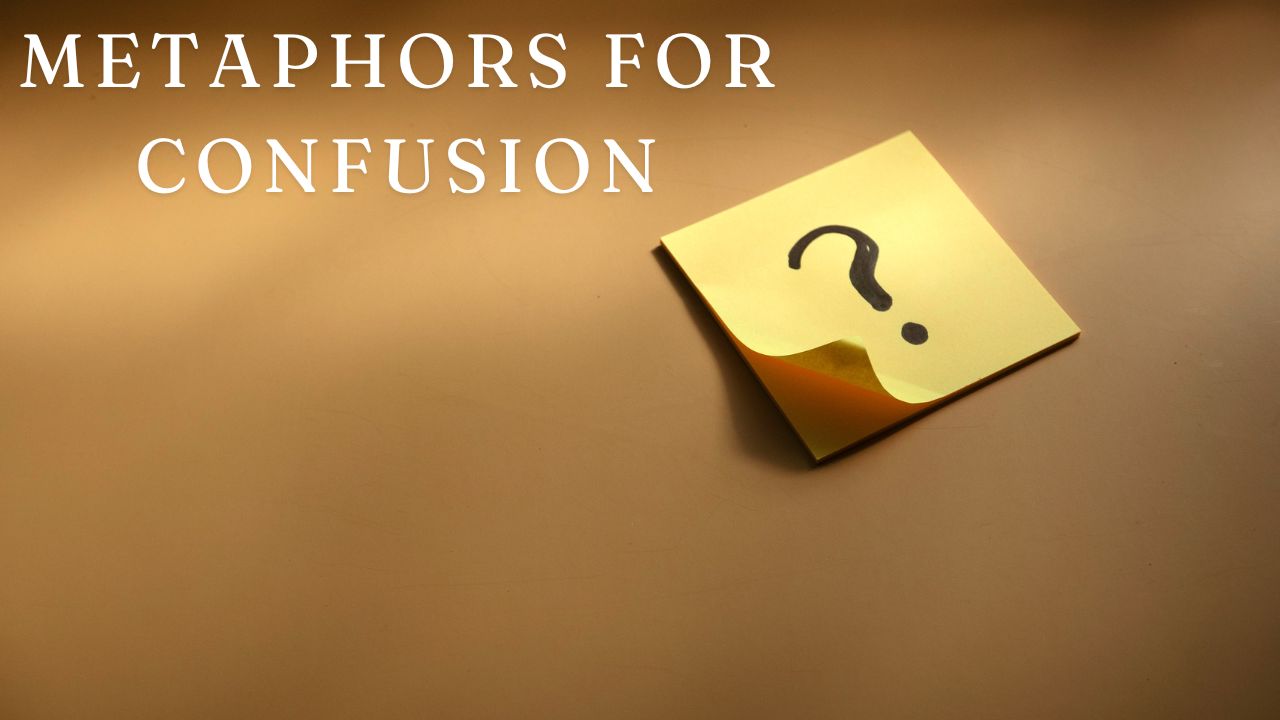This article focuses on pronouns, which are words used to replace nouns. It covers nine essential types, including personal, possessive, reflexive, and demonstrative pronouns, explaining their functions and providing examples.
This concise guide aims to help readers quickly understand the various pronoun categories and improve their English skills.
Those words that are used to replace nouns are called pronouns.
I.e. He (for boy), She (for girl), It, We, They, You, and so on are few pronouns.
Pronoun Used in Sentences:
- He is a talented student in the 8th grade. (Third-person pronoun)
- Is this the girl who won the competition? (Relative pronoun)
- That boy is my younger brother. (Possessive pronoun)
- Did anyone spot a red car around here? (Indefinite pronoun)
Essential List of Pronouns
Pronouns are categorized based on their functions.
- Relative Pronouns
- Possessive Pronouns
- Reflexive Pronouns
- Demonstrative Pronouns
- Interrogative Pronouns
- Indefinite Pronouns
- Personal Pronouns
- Reciprocal Pronouns
- Emphatic or Intensive Pronouns
Let’s dive into a detailed explanation of the pronoun categories, essential for anyone looking to quickly master English. Understanding these types will help you enhance your language skills in a short amount of time.
1. Relative Pronouns
A relative pronoun refers to a noun going before as well as joins two sentences together.
Examples: who, whose, whom, that, which, what, etc.
Note: Since they link sentences, they are also known as conjunctive pronouns.
Examples in sentences:
- I met an old man who was carrying a lantern.
- The horse which I purchased a few days ago has been sold.
- I don’t know who won the prize.
- Do you know what he wants?
2. Possessive Pronouns
Possessive pronouns indicate ownership or possession.
Examples: my, your, their, his, her, etc.
Note: These pronouns are part of the possessive case, showing ownership or belonging.
Examples in sentences:
- I have my doll.
- You have your pen.
- They have their house.
- She has her storybooks.
3. Reflexive Pronouns
Reflexive pronouns are formed by adding “self” or “selves” to personal pronouns.
Examples: myself, himself, herself, themselves, itself, etc.
Note: They are called reflexives because the action of the subject reflects back onto the subject itself.
Examples in sentences:
- He hurt himself.
- We protect ourselves from the train.
- They love themselves.
- She did all the work herself.
4. Demonstrative Pronouns
A demonstrative pronoun identifies and refers to a noun mentioned earlier and is used to indicate it.
Examples: this, that, these, those, so, such, one, the same, etc.
Examples in sentences:
- These are vital for maintaining good health.
- That is a kind person from the city.
- Such beautiful flowers in the garden make the world a better place.
- We met at the same point at the same time.
5. Interrogative Pronouns
Interrogative pronouns are used to ask questions.
Examples: who, which, what, why, whom, whose, etc., often referred to as the “WH Family.”
Note: They replace the noun expected in the answer to the question.
Examples in sentences:
- Which book is yours?
- What caused the noise?
- Whose car was stolen?
- Whom are you looking for?
6. Indefinite Pronouns
Indefinite pronouns refer to non-specific people, places, or things, expressing generality.
Examples: one, some, none, nobody, somebody, everybody, all, much, little, enough, etc.
Note: These pronouns often appear at the beginning of a sentence.
Examples in sentences:
- Some say George is a thief.
- None but the brave deserve the fair.
- One cannot trust a liar.
- Everyone knows him as a successful businessman.
7. Personal Pronouns
Personal pronouns are used to substitute nouns, typically replacing the subject or name in a sentence.
Examples: he, she, I, you, we, they, etc.
Note: Personal pronouns are categorized into 1st, 2nd, and 3rd person. The 1st person includes “I” and “we,” the 2nd person is “you,” and the 3rd person covers “he,” “she,” “it,” and “they.”
Examples in sentences:
- She carefully cleans the room. (3rd person)
- He wears a black outfit. (2nd person)
- I drink milk every morning. (1st person)
- They play cricket on the playground. (3rd person)
8. Reciprocal Pronouns
Reciprocal pronouns express mutual action or relationship between two or more people.
Examples: each other, one another, etc.
Note: These pronouns are generally placed towards the end of the sentence.
Examples in sentences:
- The soldiers help one another.
- The three brothers quarreled with each other.
- They spent two hours without speaking to each other.
- The two sisters love one another deeply.
9. Emphatic or Intensive Pronouns
Emphatic or intensive pronouns have the same form as reflexive pronouns, but their role is to emphasize the subject or object of the sentence.
Examples: himself, myself, herself, etc.
Note: These pronouns are often used to stress the importance of the subject or are placed after the object for emphasis.
Examples in sentences:
- I myself saw him running away. (emphasis on subject)
- I polished my shoes myself. (emphasis on object)
- The principal himself awarded us the prizes. (emphasis on subject)
- Churchill opened the gate himself. (emphasis on object)
FAQs
How many types of pronouns are discussed in this article?
This article covers a total of nine types of pronouns, each with a detailed explanation. They include:
- Relative Pronouns
- Possessive Pronouns
- Reflexive Pronouns
- Demonstrative Pronouns
- Interrogative Pronouns
- Indefinite Pronouns
- Personal Pronouns
- Reciprocal Pronouns
- Emphatic or Intensive Pronouns
Can you provide a few examples of demonstrative and possessive pronouns?
Certainly! Here are some examples:
- Demonstrative Pronouns: this, that, these, those, so
- Possessive Pronouns: my, your, their, his
Conclusion:
In summary, this article provides a concise overview of nine types of pronouns—relative, possessive, reflexive, demonstrative, interrogative, indefinite, personal, reciprocal, and emphatic. Understanding these categories is essential for improving English grammar and communication skills.







